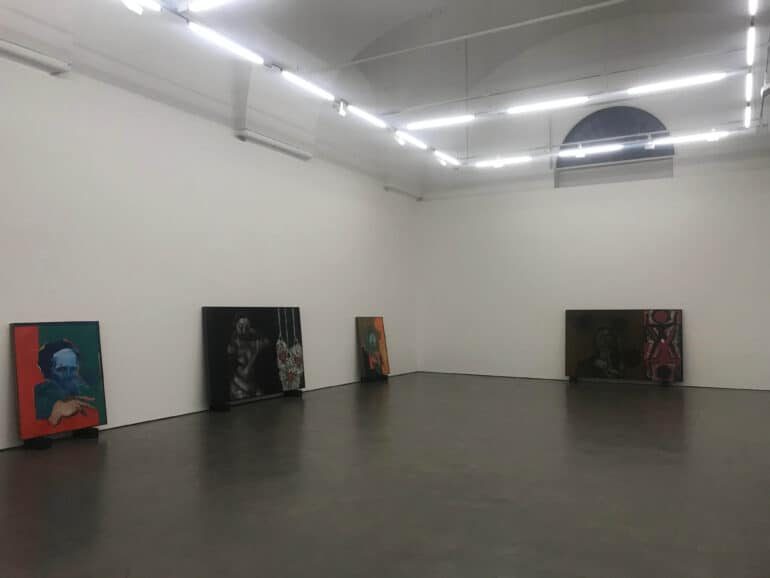Two galleries—Monitor Gallery and Lorcan O’Neill Gallery—and one visiting artist from the UK by the name of Jeff Macmillan tell us how they are coping with the current state of art in Italy.
2020 was not a kind year for anyone, and least of all for private gallery workers and artists. Due to the many restrictions imposing certain gathering places to stay closed, the pandemic has challenged these small businesses, sometimes even depriving their employees of their livelihood.
Luckily, not every artistic center was forced to close, and the workers of these places are clinging to their jobs like never before, finding new ways to bring what their galleries have to offer to the general public. Similarly, the British School at Rome continued hosting five artists who won a scholarship for their seasonal Artist Residency Program.
Monitor
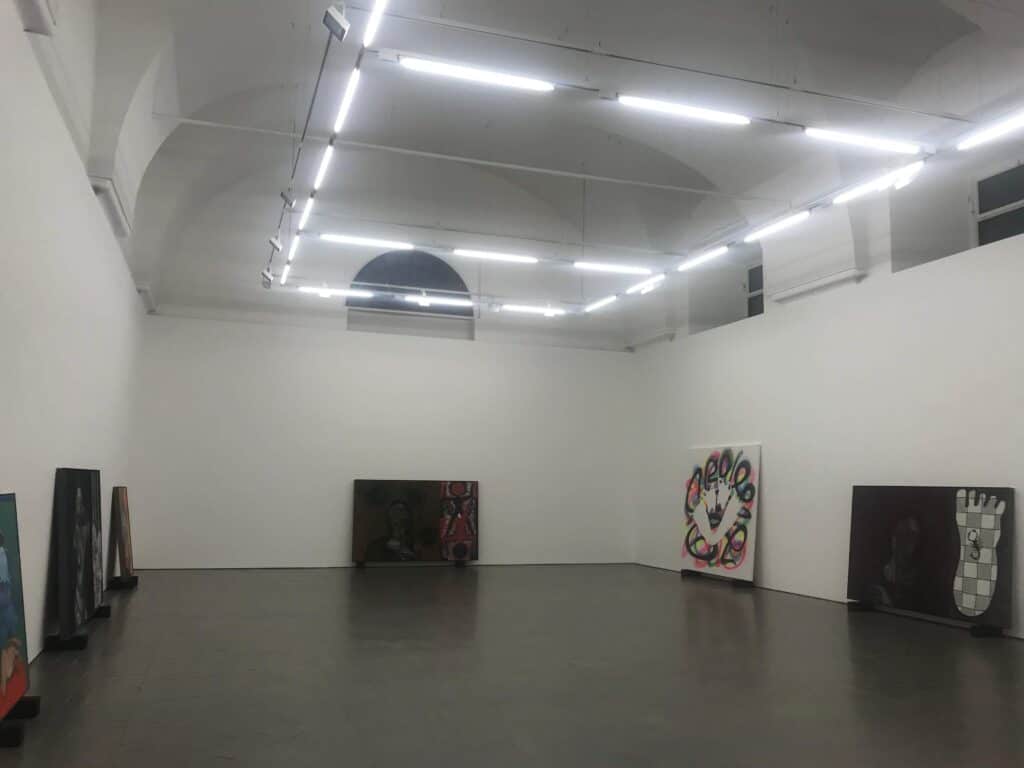
Monitor Gallery has their premises in Rome, Pereto and Lisbon, Portugal. Director and Owner Paola Capata has a very clear idea of how gallerists could thrive in these difficult times. “Psychologically and economically speaking, we are living an important and intense period which we are not yet sure when is going to end,” she says.
The gallery reacted to the situation by strengthening its social media presence and creating viewing rooms focused on the work of single artists. This project was enriched by the addition of new and interesting contents, such as interviews, videos, critical texts and a selection of artworks for sale. Fortunately, the pandemic hasn’t stopped any big project scheduled by the gallery apart from taking part in the art fairs. Despite the many hardships our current reality is throwing at its employees, Monitor has a plan B and C for everything. “In this very moment, the key word is flexibility,” Capata says.
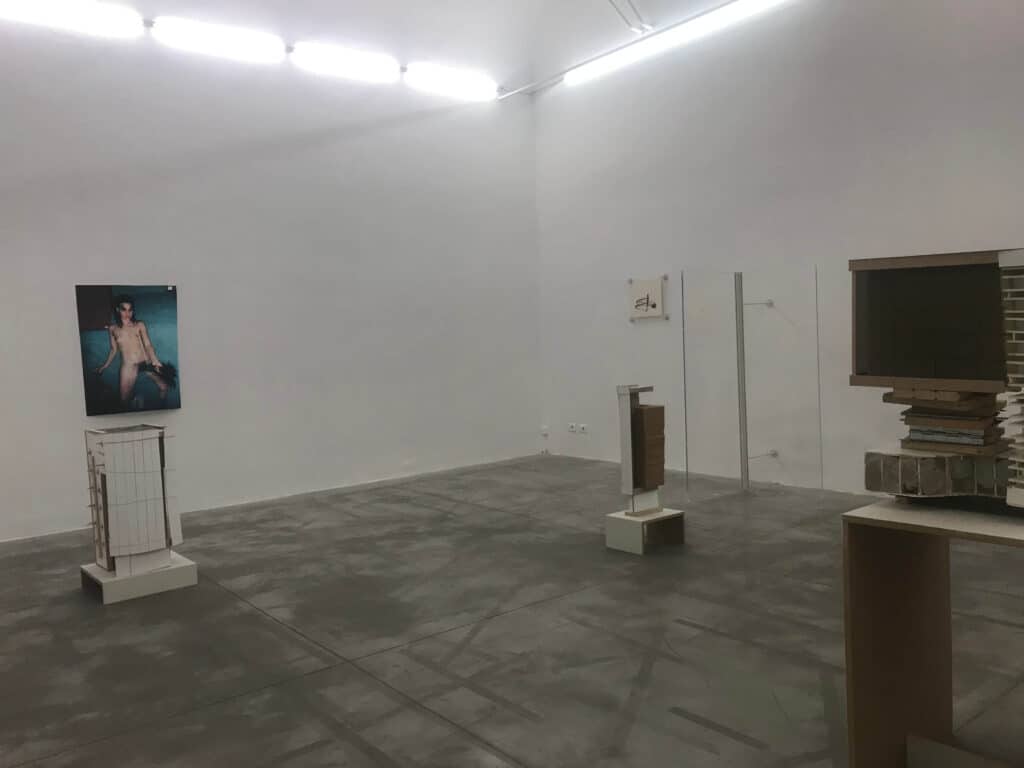
Monitor has recently closed the two-act exhibition Il tempo regola l’Atto: Due opera per una mostra, which took place between December 2020 and January 2021. This brief series focused on two couples of artists belonging to different generations, to see if and how their works related to each other’s art: these artists were Thomas Braida and Elisa Montessori for Act I, and Claudio Verna and Benedikt Hipp for Act II.
Lorcan O’Neill
Francesco Dama has been managing the organization of Art Fairs and Press Communications at Lorcan O’Neill Gallery for over four years, as well as working in sales and liaising for some artists represented by them. He has therefore experienced the before, during and aftermath of the pandemic and how it affected his job at the gallery.
Despite the sense of loss and confusion felt during the first lockdown, enforced from March to May 2020, the gallery employees kept working remotely: during that time, they focused on restructuring their activity in the gallery, instead of strengthening their presence online like many other galleries on a national and international level decided to do.
What’s the most noticeable effect of these restrictions on artistic spaces? Dama has no doubt about that. “We lost our direct approach with the single artworks. Every sale requires a specific relationship between the seller and the buyer,” he says.
When museums and art spaces were finally able to re-open, they organized a Pop Up—a temporary space— in London in October 2020: this was their way to react to the cancelation of the art fairs that take place all over the world every year, from Miami to Hong Kong to Basilea. According to Dama, the last fair they were able to attend was the one in New York City at the beginning of March, after which all fairs were canceled or rescheduled until further notice. This is why having their own space in London, even for a brief period of time, was useful to meet some artists and gain more contacts.
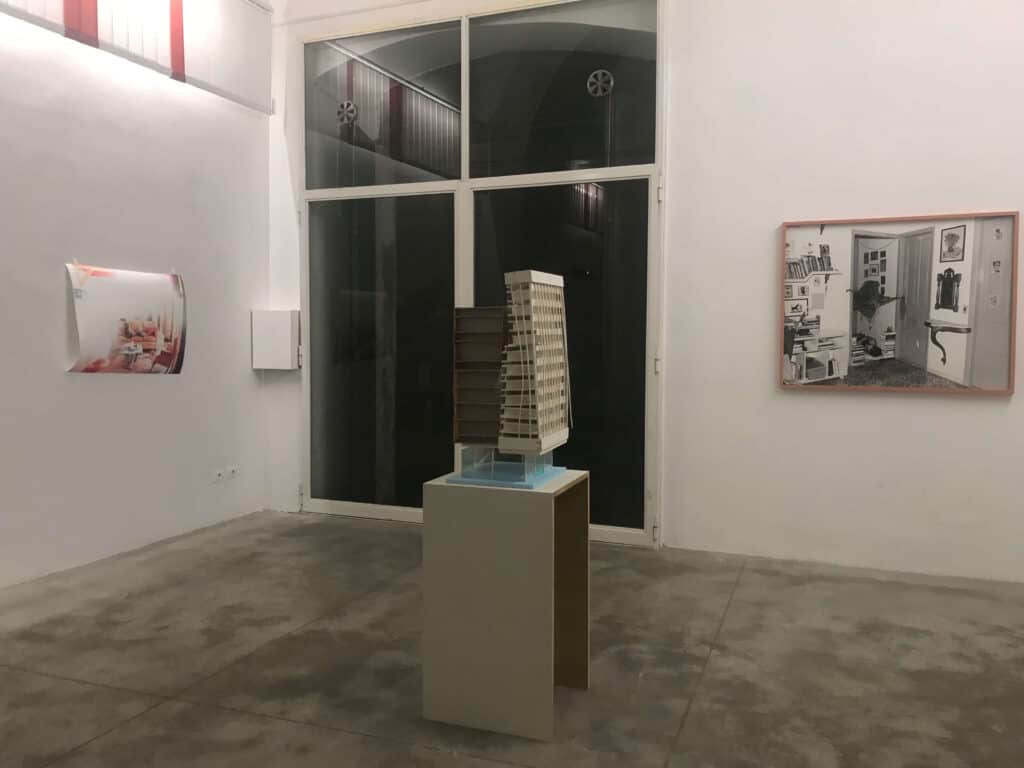
Overall, the gallery was not affected by the restrictions as negatively as other institutions were. According to Dama, the true problem concerned the restrictions regulating travel: therefore, they couldn’t reach their collectors and their collectors couldn’t reach them. However, he is hopeful. “Gallerists are quite receptive,” he says. “We always come up with something to face this kind of situations.”
As a consequence, they were obliged to put on hold the program they worked on for 2020: instead of two exhibitions in six months, they were only able to organize one, and therefore, the sales expected for a potential second exhibition did not happen. On a regular year, they usually join six to seven fairs and host four to five exhibitions, according to Dama.
“The nature of a commercial gallery is to be projected to the future,” he says. “Fairs are changing their organization, but we have to decide moment by moment, region by region.”
After the mass phenomena of online exhibitions and guided tours, Zoom talks, livestreams in Instagram, will our approach to the single work of art ever be the same? “People got bored soon,” Dama says. “Personally, the idea of seeing another online exhibition makes me sick.”
According to him, fairs are aimed for gallerists to gain contacts, meet new people in the industry, and create long-lasting relationships: since most of this circuit of international fairs is given by sociality typical of the art world, it’s this less tangible aspect that is just as important as selling artworks.
British School at Rome
The British School at Rome, located at via Antonio Gramsci 61, seasonally hosts seven artists from the UK to create new artworks while living in Rome. In Fall 2020, they were only able to host five artists who, like Jeff Macmillan, still wanted to make the most out of their experience. Originally from Texas, he’s been living in London for 23 years, and he now has a British passport as well.
Landing in Rome at the end of September 2020, when then summer warmth was still enough to keep the virus away, the situation wasn’t that bad, he remembers, and, at least in the first few weeks of his residency, he visited as many museums, churches and galleries as he could, foreseeing that a new lockdown might be imposed.
When the new restrictions became a reality, he made sure to have all the materials he needed to work, such as wood, tiles and bricks. With museums and restaurants semi-closed and an infinite amount of time available, Jeff and the other artists that joined the residency lost themselves into their work.
Despite the unexciting reality awaiting him outside of his studio, he was able to look at the bright sides of the situation. “We have a lot of time now, more than usual. I’m not stressed about preparing new work for a show. On the one hand it’s hard to imagine how to make money, but on the other it’s unusual and good to have so much time for yourself and your art,” he said in November 2020. “So it’s kind of a tradeoff. We all have to pay the bills at the end of the day but it’s nice to concentrate on things.”
Still on the positive sides of being in Rome, he had the feeling that, talking to his friends and family back in the UK, the lockdown was “easier” in Rome than in London, not to mention the nice Italian weather to “cold and rainy London.” In short, it was a nice place to spend the second phase of the pandemic, according to him.
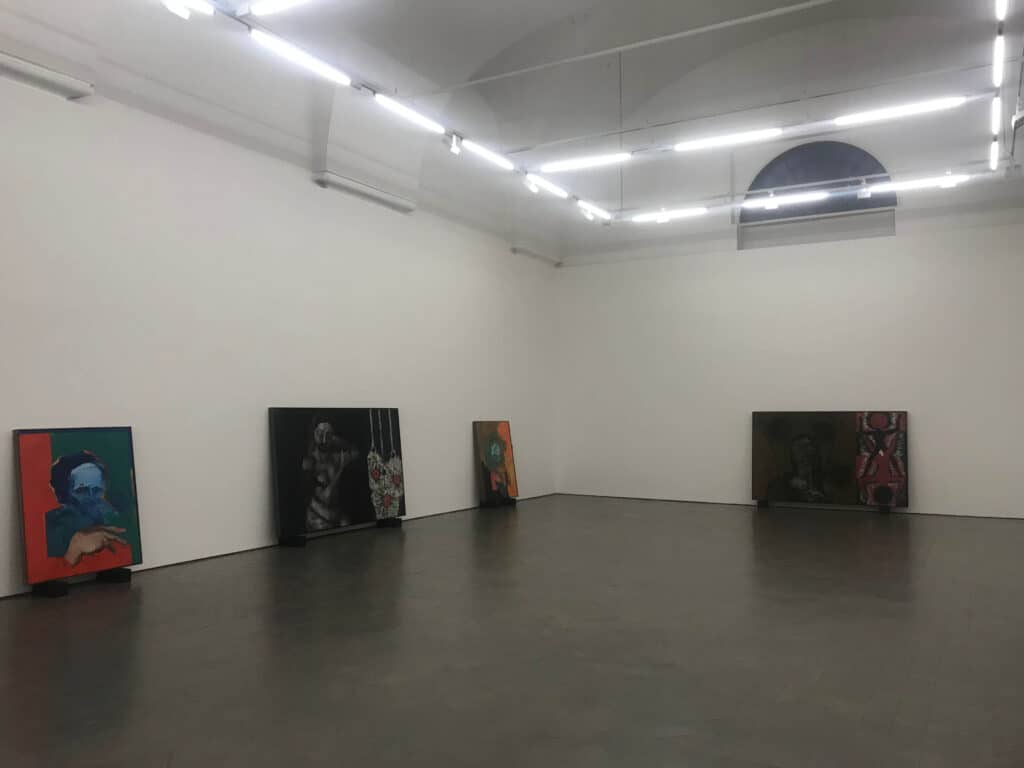
However, the environment didn’t give artists the chance to meet with collectors and people that could be interested in their work. Even the final exhibition that usually takes place at the British School at the end of each residency was cancelled because of the regulations that forbids museums and cultural spaces from opening during this time.
What was he working on specifically during his residency? And how did he find inspiration despite the restrictions? “I wanted to respond to Rome itself, not just to its history but also as a contemporary city,” he explains. “Not the Eternal City but the Ephemeral City.” Going to the market, for instance, he would notice how the light falls on what’s left on the side of the street.
He praised the British School for having a program to help artists navigate their way through Rome, for instance to find quality materials for their artworks. “I came here to absorb Rome and think about it, and I came out with this project to reflect on it. That was always my intention,” he said.


